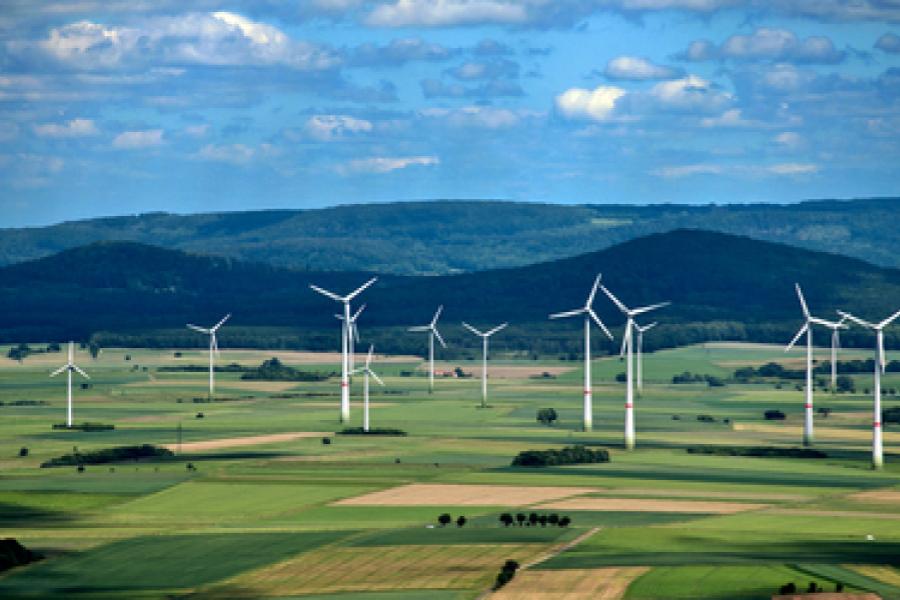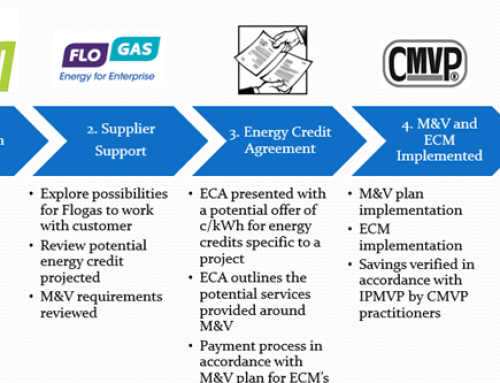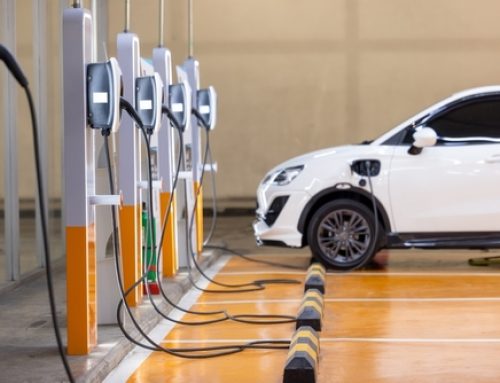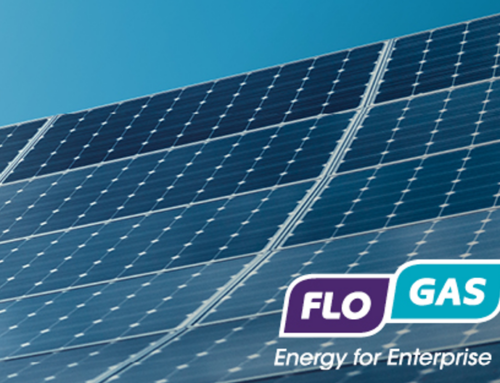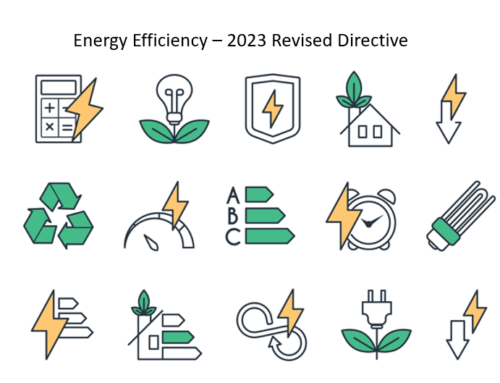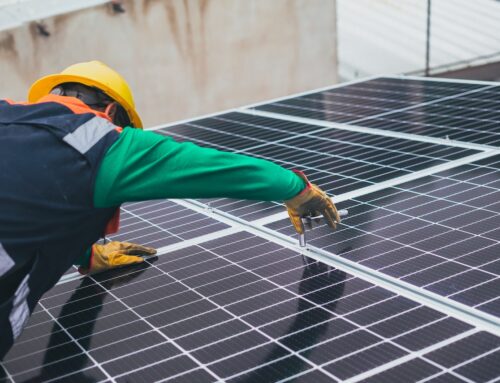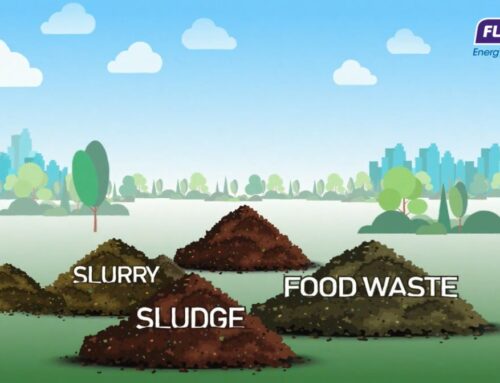The Irish Wind Energy Association (IWEA) has released figures showing that wind provided 28.5% of Ireland’s electricity across April, May and June and is at 36.8% overall for the first half of the year.
This strong performance in Q2 of 2020 means Ireland can now potentially reach the 2020 renewable energy target to source 40% of electricity from renewable sources.
Dr David Connolly, CEO of the Irish Wind Energy Association, said “Ireland is number one in the world for the share of electricity demand met by onshore wind. Last year we broke records by providing a third of the country’s electricity and, along with smaller contributions from other renewables, we are now clearly on track to reach Ireland’s 40% 2020 renewable electricity target. More wind power means less carbon emissions. It means fewer fossil fuel imports. It means more jobs and more investment in Ireland.”
The European Commission recently published the results of 10 EU-funded research projects which seek to exploit the potential of so-called ‘ocean energy’.
Forecasts show that by 2050, under the right conditions, ocean energy could contribute 10% of the European Union’s power demand, generate 400,000 jobs for European citizens and be worth up to 53 billion euro for the European economy.
The 10 projects highlighted by the European Commission include both software and hardware innovations which improve the efficiency of tidal and wave energy. The belief is that these projects will contribute to advancements in energy efficiency technology across Europe.
The European Commission highlights the potential benefits of ocean energy in providing high-skilled jobs to coastal communities and in being more predictable than either solar or wind energy.
In publishing the IEA’s latest Energy Technology Perspectives 2020 report, Executive Director Dr. Fatih Birol said ‘’despite the difficulties caused by the Covid-19 crisis, several recent developments give us grounds for increasing optimism about the world’s ability to accelerate clean energy transitions and reach its energy and climate goals.’’
The report analyses over 800 technology options to determine how the world could reach the target of net-zero emissions by 2050 and recognises that electricity alone cannot shoulder the burden of decarbonising the world’s economy.
The report, which is available here, calls on Governments to provide more support for investments and innovation in clean energy technology, warning that the technologies required for a greener future rely on innovation beginning today.


